Search
Search Results
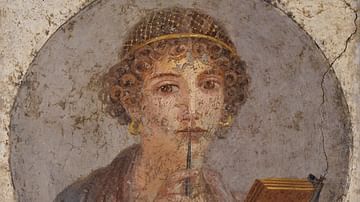
Article
Letters & Post in the Ancient World
Letters and their delivery via a state communication system was a feature of many ancient cultures. The writing medium may have differed but the Mesopotamians, Egyptians, Greeks, Romans, and Incas all had the means to send messengers and...
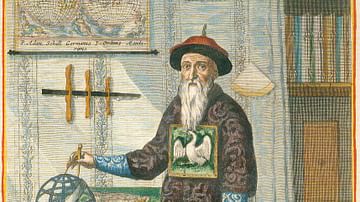
Article
Jesuit Influence on Post-medieval Chinese Astronomy
Ancient China had seen little Western contact before the 16th century CE, the language, culture and science all being allowed to develop independently of foreign influence. By the time European Jesuit missionaries arrived in the 16th century...
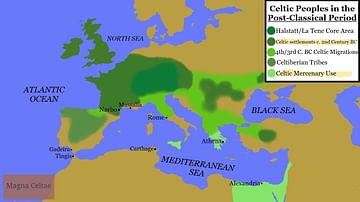
Image
Map of Celtic Peoples in the Post-Classical Period
A map showing the spread of Celtic-speaking peoples in Europe, and their migrations in the Post-Classical Period.
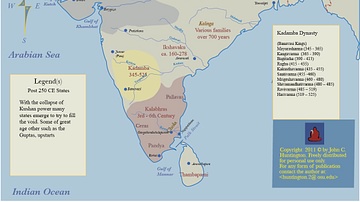
Image
Post Kushan India
A map showing the political situation in the Indian Subcontinent following the fall of the Kushan Empire

Video
Post-World War I Recovery: Crash Course European History #36
In which John Green looks at Europe's attempts to recover from the devastation of World War I and forge a lasting peace. The peace did not last. Today we're talking about the economic cultural recovery of the 1920s, and the economic depression...
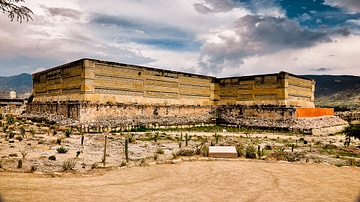
Definition
Mitla
Mitla, located in the eastern portion of the Valley of Oaxaca in southern Mexico, was an important site of the Zapotec civilization. Gaining prominence from the early Post-Classic period (c. 700-900 CE), Mitla became the most important Zapotec...
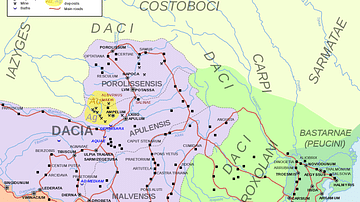
Definition
Dacia
Dacia was a region inhabited by the Dacians in the north of the Danube (modern Romania). The kingdom of Dacia was the creation of Burebistas (c. 80-44 BCE), who conquered and united several other Dacian principalities. Burebistas practically...
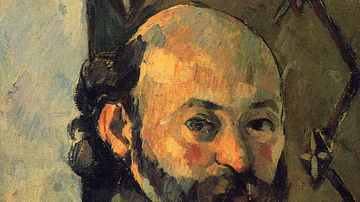
Definition
Paul Cézanne
Paul Cézanne (1839-1906) was a French post-impressionist artist. Although he struggled for recognition in his own lifetime and often lacked confidence in his work, the artist's unique style, use of light and colour, and his interest in geometric...
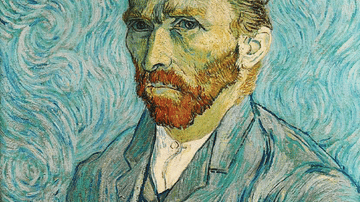
Definition
Vincent van Gogh
Vincent van Gogh (1853-1890) was a Dutch post-impressionist artist whose paintings are amongst the most popular and recognizable in history. His dramatic brushwork, exuberant palette, and mastery at capturing moments in time and light revolutionised...
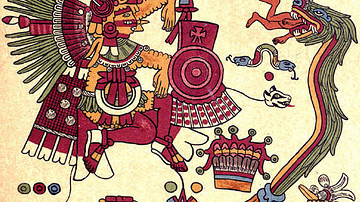
Definition
Xipe Totec
Xipe Totec (pron. Xi-pe To-tec) or 'Flayed One' in Nahuatl, was a major god in ancient Mesoamerican culture and particularly important for the Toltecs and Aztecs. He was considered the god of spring, the patron god of seeds and planting...